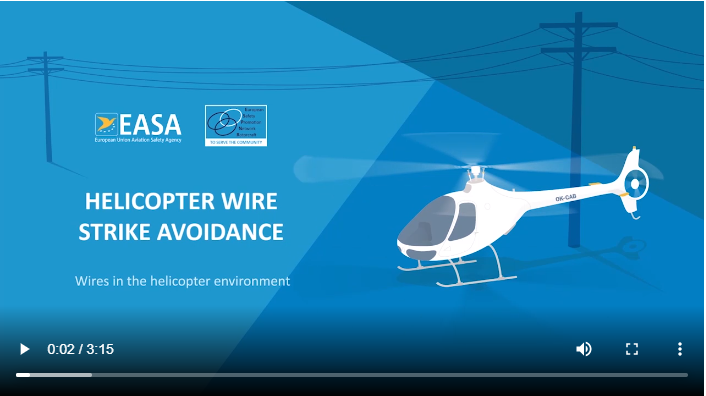Beware Last Minute Changes in Plan
The US National Transportation Safety Board (NTSB) has recently reported on an EC130 helicopter accident that illustrates the dangers of last minute changes in plan that are not fully planned or risk assessed.
The Wire Strike Accident
The accident occurred in Colorado on 3 July 2015 to Airbus Helicopters EC130B4, N974BR of now defunct Aspen Heli Charter.
The NTSB report:
The pilot had flown multiple trips into and out of the ranch prior to the accident. He also had seen wires in the area and had a discussion with local fishing guides regarding the location of wires in the area.
As the pilot was preparing to depart the ranch with the last load of passengers he was approached by a guide who wanted to video the helicopter for their website. The pilot agreed and after lifting off, made a pass near the ranch for the video.
The pilot stated he was flying toward the mountains when he heard a “small ting” and he knew the helicopter contacted a wire. He made an uneventful off airport landing in a nearby clearing.
Although the pilot stated he never saw the wire it was later determined the helicopter contacted was a small copper static wire. A postaccident inspection of the helicopter revealed two of the three main rotor blades were beyond repair, at least two of the Fenestron blades were beyond repair, and the entire Fenestron stator blade assembly needed to be replaced.
Fortuitously no one was injured and the awaiting tour party, who had been on a fly-fishing trip, returned to Aspen by Jeep.
Other Cases of Last Minute Changes of Plan
Aerossurance has previously discussed a fatal helicopter accident where a last minute distraction at a mining camp and a recent change in work practice fatally combined: When Habits Kill – Canadian MD500 Accident and a military accident where adding passengers to a training sortie at short notice had fatal consequences ‘Procedural Drift’: Lynx CFIT in Afghanistan. A request to extend the planned mission and a last minute change of aircraft type were factors on a Japanese accident: Fatal Police Helicopter Double Engine Flameout Over City Centre. We have also discussed the lessons of an experimental aircraft accident were the full implications of a hardware change were not understood: Breaking the Chain: X-31 Lessons Learned
UPDATE 11 September 2016: Another case where a last minute change of plan was partly responsible for an accident: Final Report: AS365N3 9M-IGB Fatal Accident
UPDATE 25 June 2017: Similarly, during an air ambulance positioning flight: Impromptu Flypast Leads to Disaster
Wire Strike Resources
We have written on other wirestrikes:
- Sécurité Civile EC145 SAR Wirestrike
- Firefighting Helicopter Wire Strike
- Helicopter Wirestrike During Powerline Inspection
- Fatal MD600 Collision With Powerline During Construction
- Fatal Wire Strike on Take Off from Communications Site
- Fatal Wisconsin Wire Strike When Robinson R44 Repositions to Refuel
- UPDATE 26 July 2020: Impromptu Landing – Unseen Cable
- UPDATE 20 September 2020: Hanging on the Telephone… HEMS Wirestrike
- UPDATE 23 January 2021: US Air Ambulance Near Miss with Zip Wire and High ROD Impact at High Density Altitude
- UPDATE 5 March 2021: Wire Strike on Unfamiliar Approach Direction to a Familiar Site
- UPDATE 21 August 2021: Air Methods AS350B3 Night CFIT in Snow
- UPDATE 14 August 2022: Second Time Unlucky: Fatal Greek Wirestrike High-Wire Illusion
- UPDATE 3 September 2022: Garbage Pilot Becomes Electric Hooker
- UPDATE 4 February 2024: HEMS Air Ambulance Landing Site Slide
- See also: Avoiding Wire Strikes
The European Safety Promotion Network – Rotorcraft (ESPN-R) has published this wire strike video and guidance with EASA:



Recent Comments